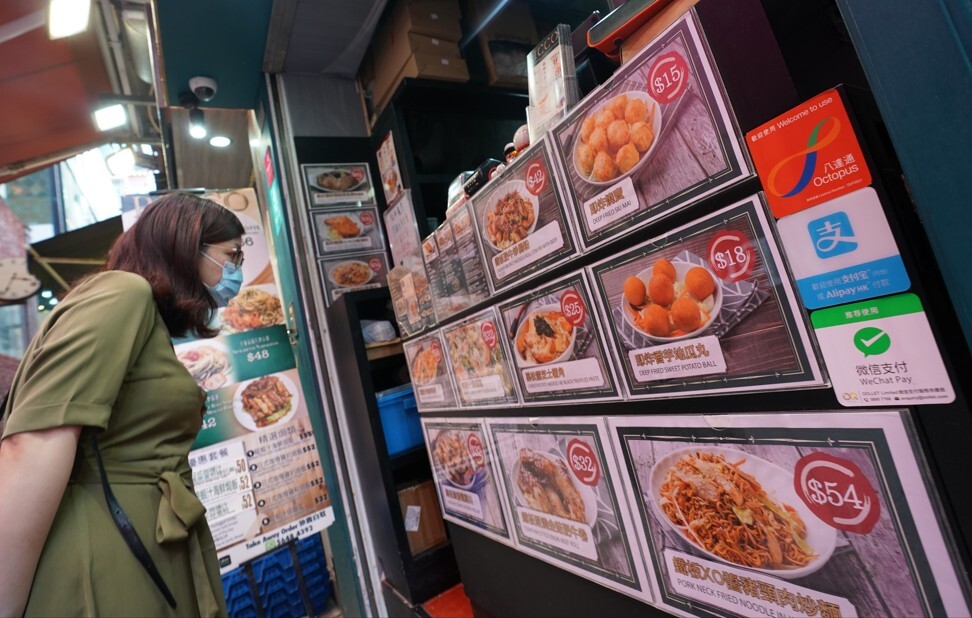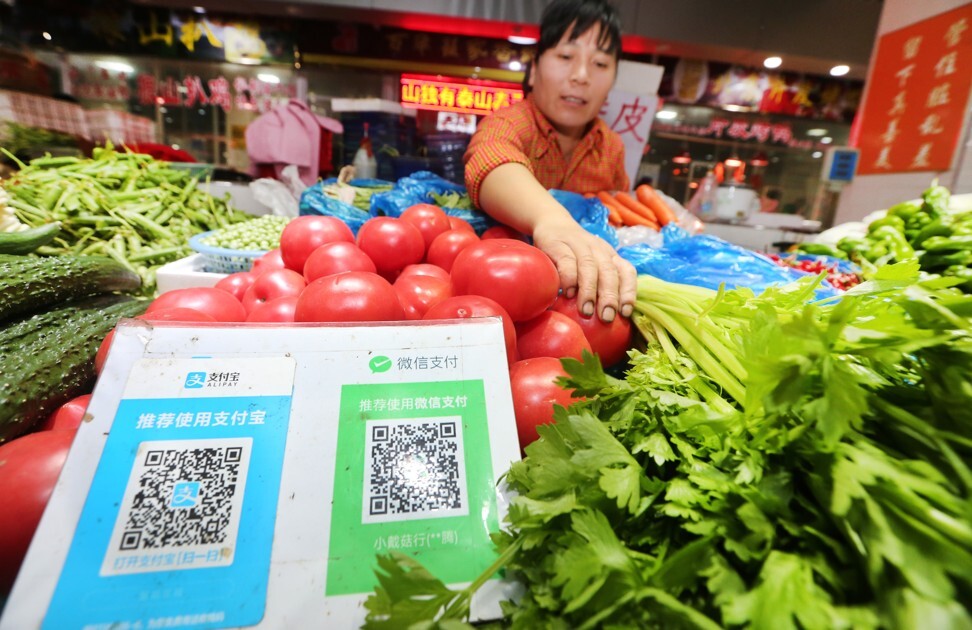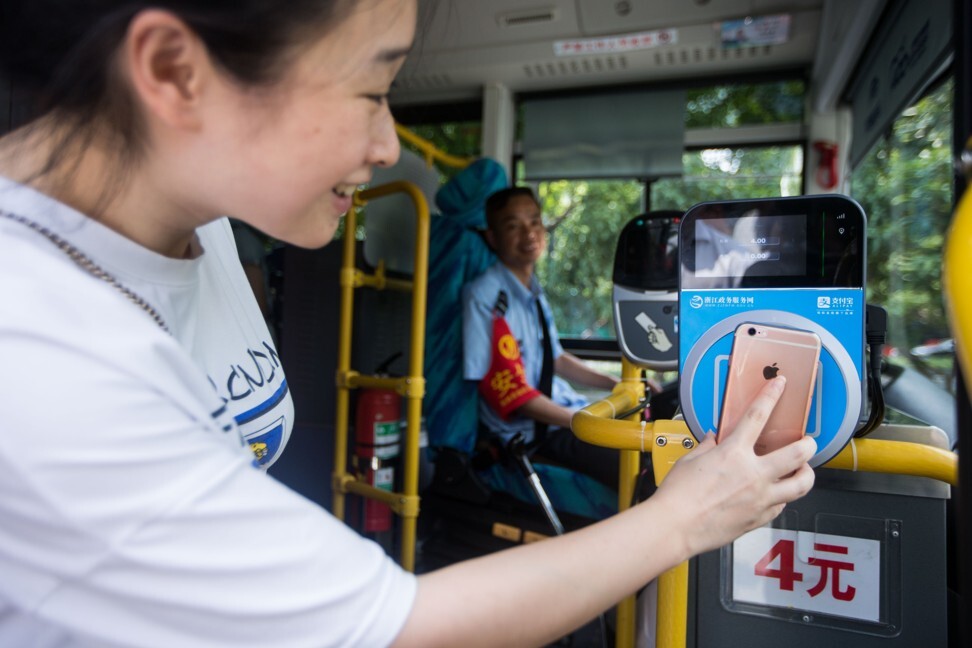
Blockchain ambitions: geopolitical implications of China’s pioneering digital currency spread far and wide
- To see how China’s blockchain ambitions are being put in place, look no further than Xiongan, 100km from the Chinese capital
- Xiongan brings together many of China’s development initiatives: fiat digital currency, Belt and Road infrastructure, underpinned by blockchain
In the final instalment of a three-part series produced with support from the Judith Neilson Institute for Journalism and Ideas, Forkast.News looks at the geopolitical implications of China’s technological lead in blockchain and digital currency. Parts 1 and 2 were published on June 28 and June 29.
John Chen has viewed the rise of the cashless economy on a split screen. On one side, the China of his birth, a place where paper fiat has all but gone extinct, even in far-flung villages. On the other, the US state of California, where he attended high school and now majors in computer science at a state university, where paper currency remains common.
Raised in Fujian to tech-entrepreneurial parents, Chen is in many ways a quintessential modern Chinese. With a comparative eye, he has been following the development of his country’s unique consumer culture for half a decade.
Businesses requested that he paid digitally, which he much preferred to using credit cards. “Personally, I don’t like [carrying a wallet] because I’ve already lost my wallet three times in five years,” he said, most recently during the height of Covid-19 restrictions in the US Without cash, credit cards or his driving licence, he had to ask a friend to lend him money and drive him to Target so he could “grab some chicken for dinner,” he said.

Now back East taking remote classes, Chen will have a front-row seat for the next stage of China’s evolution. Beijing is widely expected to launch its central bank digital currency at the 2022 Winter Olympics in February.
“I’m concerned because I feel like [government officials] would be able to see all my transaction details,” said Chen. “I would lose part of my privacy and I don’t think I would be 100 per cent happy with that.”
Of course, Alipay and WeChat are already connected to the government (and have even assisted in the development of the digital yuan) such as with ID verification procedures tied to state cameras. The linkage grows the larger the transaction, as it does virtually anywhere financial institutions have reporting requirements. But having private companies as a buffer from direct state access to his user data makes a difference to Chen.
“It’s easy to see how the digital yuan could aid in the development of the social credit system, with stricter controls rather than looser controls,” said Ian Wittkopp, a Hong Kong analyst for Sino Global Capital.
In Washington DC, the debate about digital currencies reflects the multiple roles played by money – not just as a means of payment, but a symbol of political power and the values imposed by that power.
In July 2020, soon before China began e-CNY pilot tests, a former chair of the US Commodity Futures Trading Commission, J. Christopher Giancarlo, delivered a warning to the Senate Banking and Finance Subcommittee.
“The stakes of the contest for the future of digital money are as high as any of the transformational technological revolutions of the past one hundred years,” Giancarlo testified. “We are indeed entering a new world. The question is who will design and build those digital systems … and what social values will be brought to bear.” Privacy, free enterprise, free speech and democracy are all at risk, he later elaborated.
Through the banking communications system Swift, the US functionally has a hand on the spigot of global capital flows – a power that Washington has used in recent years to sanction Venezuela, Iran, Syria, North Korea and a number of individuals.
Giancarlo told the senators that the more widely the digital yuan is adopted, the greater its ability to bypass Swift and help other states do the same. This, he said, could increase the chance of war.
Among technocrats, however, there is less hyperbole. Tommaso Mancini-Griffoli, a division chief of the International Monetary Fund (IMF), said at the Coindesk Consensus conference in May that generally speaking, “a world with more than one reserve currency is a more stable world.”

As Chen showed, ordinary Chinese have mixed opinions. Tab Liu was born and raised in central Henan province.
Like Chen, he now studies at a university in California, where he double majors in earth sciences and international relations. The grandson of peasant farmers, Liu attended middle and high school 150 miles from home. Nearly a decade later, he is effusive about the BRI infrastructure project that made it possible for him to pursue a better education.
“We have the best high-speed railway system,” he said. A distance that still takes 21 hours to traverse in the US, such as Chicago to New York City, takes just five in China.

Richard Byworth, CEO of Singapore-based Eqonex, a digital-asset financial services company, said that in his custodial business, “Chinese clients based in Hong Kong and European clients mainly in Switzerland prefer dealing with [non-U. S.] financial institutions. There’s a sensitivity around having assets in the US and what that may mean sometime in the future if geopolitics were to become an issue in some way.”
He cited the regulatory environment and governmental reach during recent administrations as the causes of this wariness.

The contrast between the two superpowers’ CBDC activity is stark. While the US is “still at the stage of planning to talk about talking about it,” as Stanley Chao, a Los Angeles-based consultant on economic trends in Asia, put it, China is marshalling all of its considerable resources to usher the world toward its sweeping, holistic vision of the future.

Recently, Xiongan signed a contract with a Beijing start-up, S-Labs, to make blockchain applications for food safety, project supervision, and procurement and bidding.
From her close view of a smart city in development, S-Labs CEO Stacey Zhou said the significance of building a city with blockchain cannot be underestimated.
“Xiongan is special, it’s like a blank paper we can draw or write anything on,” she said. “We built it on a digital chain so the real city and digital city are being built at the same time, for the first time ever. Every single data is supported by blockchain. It is real, recorded and inalterable.”

Xiongan has used blockchain applications to pay billions of yuan for construction materials as well as to compensate migrant workers and residents who had to be resettled, all without the fraud or misappropriation that often plagues large public works.
A transformation is imminent, Zhou said. More cities will be built on blockchain, and existing cities will be retrofitted with it.
She believes the CBDC will be an integral part of life in Xiongan. “Maybe you don’t understand the technology but this is the future and the future is coming,” she said. “Open your mind. Work with us.”
The original story by Forkast.News is here.
Illustration: Henry Wong





